Can You Leave Heated Towel Rail On Overnight Safety Tips
-1140x300w.jpg)
Can You Leave Heated Towel Rail On Overnight Safely?
There’s nothing quite like reaching for a fluffy, warm towel right after a shower, especially during a chilly Kiwi winter. Heated towel rails are one of those small luxuries that can transform a basic bathroom into a sanctuary. But that luxury comes with a practical question: should you really leave your heated towel rail on overnight?
Let’s untangle the facts, find out what the experts and electricians have to say, and help you decide what’s best for your whānau.
How Heated Towel Rails Work
First, it helps to know what’s happening behind those polished chrome bars. Heated towel rails are either electric (plug-in or hardwired) or hydronic (connected to your home’s hot water system). In New Zealand, the most popular models are electric, often wall-mounted and relatively easy to retrofit.
These rails usually work at low wattage—most in the 40-120 watt range, much less than a standard heater or electric jug. The goal isn’t to heat the room, but to keep towels dry, free from odours, and ever-so-inviting.
Why Leave the Rail On at All?
A common reason to leave a heated towel rail on is to prevent that musty smell that sets in when towels never quite dry. In areas with cool, damp winters or bathrooms with poor ventilation, this is particularly helpful.
Many Kiwis also leave it running to keep their rails ready at any time—no cold, clammy shock when drying off before work!
Is It Safe?
Safety is the main concern when it comes to leaving appliances unattended. When it comes to heated towel rails, though, things get interesting.
An overwhelming majority of modern heated towel rails are designed for continuous running. Brands popular in Aotearoa—think Methven, Heirloom, and our own NZHomeware range—are manufactured with low surface temperatures and advanced safety features like thermal fuses and overheat protection.
Electricians generally rate them as very safe, provided they are installed to code by a registered professional. Poor DIY wiring is a much bigger risk than leaving the towel rail on overnight.
Still, not every model is created equal. Older racks, especially imported ones with no New Zealand certification, can lack modern safeguards.
What to Check Before Keeping it Running
Keep these points in mind:
● Is your heated towel rail installed professionally?
● Does it carry NZ/Australian electrical certification?
● Are there visible signs of frayed wiring or loose fittings?
● Are there kids who might inadvertently throw a wet beach towel or clothing over it, covering all the bars and blocking airflow?
If everything checks out, it’s likely just fine to leave it on.
Power Usage and Costs
Let’s talk numbers for a moment. Personal comfort is one thing, but nobody wants a surprise on the power bill.
Say your rail is 80 watts. If left on 24 hours, it consumes 1.92 kWh daily. With power rates around $0.30 per kWh, you’re looking at about 58 cents per day—or just over $17 a month. Leaving it on overnight (about 8 hours), drops that cost to under $6 a month.
Here’s a quick table for different wattages:
Rail Wattage | Daily Use (8 hrs) | Cost per Month (~30 days) |
40 watts | 0.32 kWh | $3 |
80 watts | 0.64 kWh | $5.80 |
120 watts | 0.96 kWh | $8.60 |
If you’re pinching pennies or just conscious about electricity, a timer switch or smart plug can help avoid leaving it running longer than needed.
Practical Tips for Safe Overnight Use
Much of the advice boils down to how you use and maintain your towel rail. Here are a few quick wins for extra peace of mind:
● Keep airflow free: Don’t drape large, heavy items that can trap heat.
● Mount securely: Check that the rail is properly anchored and cords are out of reach of kids.
● Check periodically: Touch the bar; it should feel warm, not scalding (most sit around 40-55°C).
● Wipe dry occasionally: Prevent buildup of lint, dust, or moisture at the wall connection.
Many homeowners pop a timer switch on their bathroom power point—an excellent move if you want set-and-forget control. Some newer models even come with built-in digital timers.
The Hidden Perks of a Warm Rail
There’s more to a heated towel rail than dry towels:
● Reduces mould and mildew in the bathroom by lowering humidity trapped in towels
● Protects towel fibres, extending towel lifespan by avoiding repeated dampness
● Adds a gentle background warmth to the bathroom (not enough to skip the heater, but every little bit helps!)
For families, it’s a handy solution for swimming and sports gear, especially in busy households. No more cold, wet togs in the morning.
Manufacturer Recommendations
NZHomeware and most reputable brands design their towel rails for extended or “24/7” operation. If your rail is less than 10–15 years old, there’s a good chance it’s intended to be left running as needed rather than flicked on and off with each use.
Still, check the product manual. Some European imports, for example, favour quick-heat, higher-temp rails that might only be safe for two to four hours at a time.
If in doubt: look for the “Continuous Running” note on the brochure or website, or reach out to the store you bought it from. Product support at NZHomeware is always ready to help interpret the fine print.
Towel Rail Myths (and What to Ignore)
Here are a few bits of lore we hear all the time:
● “Heated towel rails use heaps of power.” The reality is, most use less power than a single old-school light bulb.
● “You have to switch it off overnight or it’ll catch fire.” Not if you’ve got a reputable, properly-installed rail.
● “Leaving towels on makes them crispy or ruins the fabric.” No evidence for this at domestic temperatures—if anything, damp towels breed bacteria.
● “It’ll heat the whole bathroom.” Unless you’re running multiple rails, it won’t make much difference when it comes to room temperature.
When Not To Leave It On
There are situations where it makes sense to turn it off at night.
If your home’s electrical wiring is old, or the heated rail was installed without following local building codes, get an electrician to check it over before using for long hours. If you’re going away for the weekend, there’s no reason to keep it humming. And if your towel rail is in an ensuite next to a baby’s room or someone sensitive to heat, err on the side of caution.
Making the Most of Your Towel Rail
Kiwis are practical types—and with increasing interest in home energy efficiency, even the cosiest home comforts are up for scrutiny.
Whether you leave your towel rail on overnight is a personal choice, but with the right installation and a quality product, it’s a comfort you can safely enjoy through the chillier months. Consider connecting it to a timer, keep an eye on the power use, and don’t forget to give it an occasional wipe down.
The beauty of modern towel rails is their simplicity: quiet, efficient, and always ready to deliver a bit of daily luxury. If you’re looking to upgrade your bathroom with something both practical and indulgent, this small touch can make all the difference on a cold morning


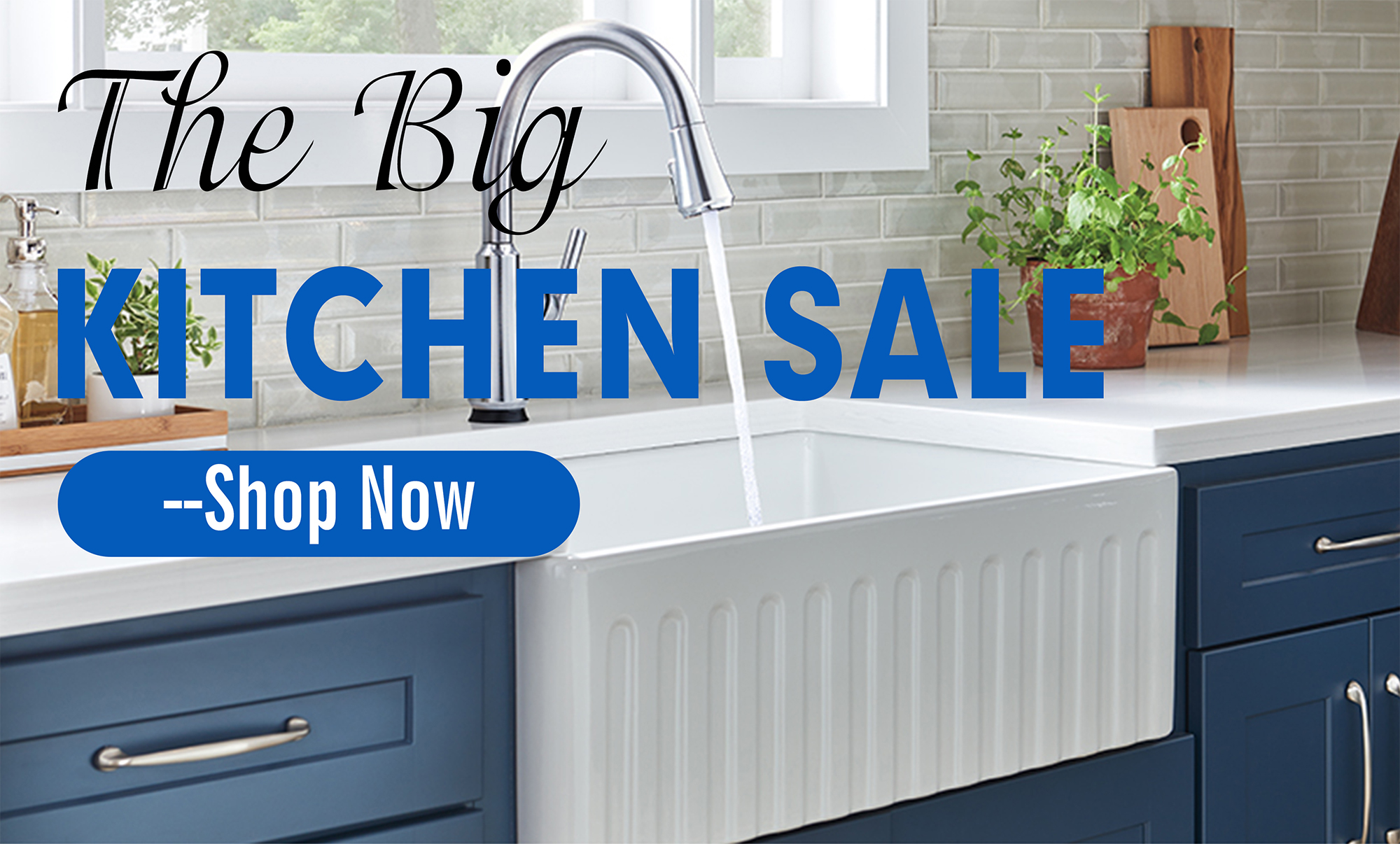
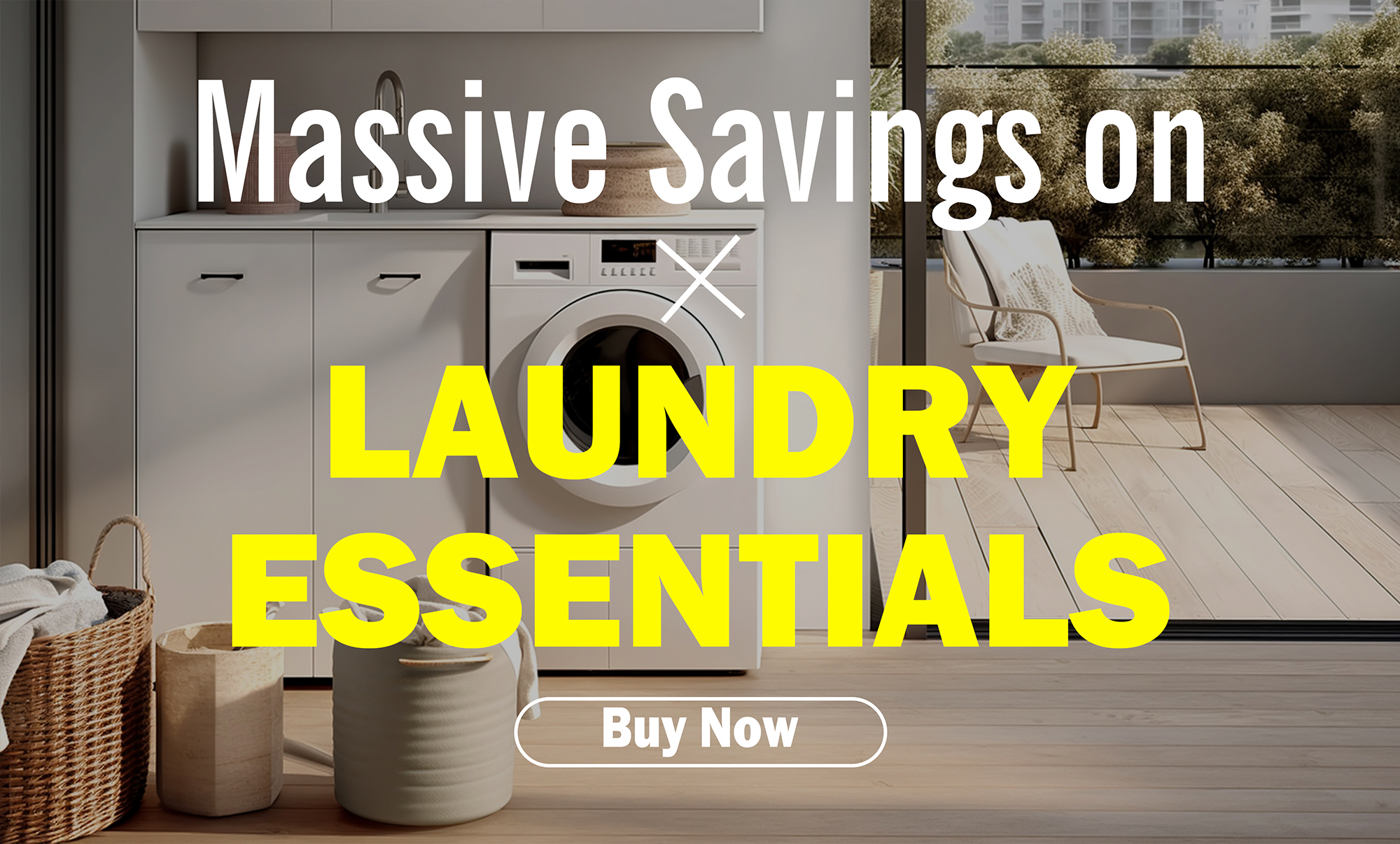
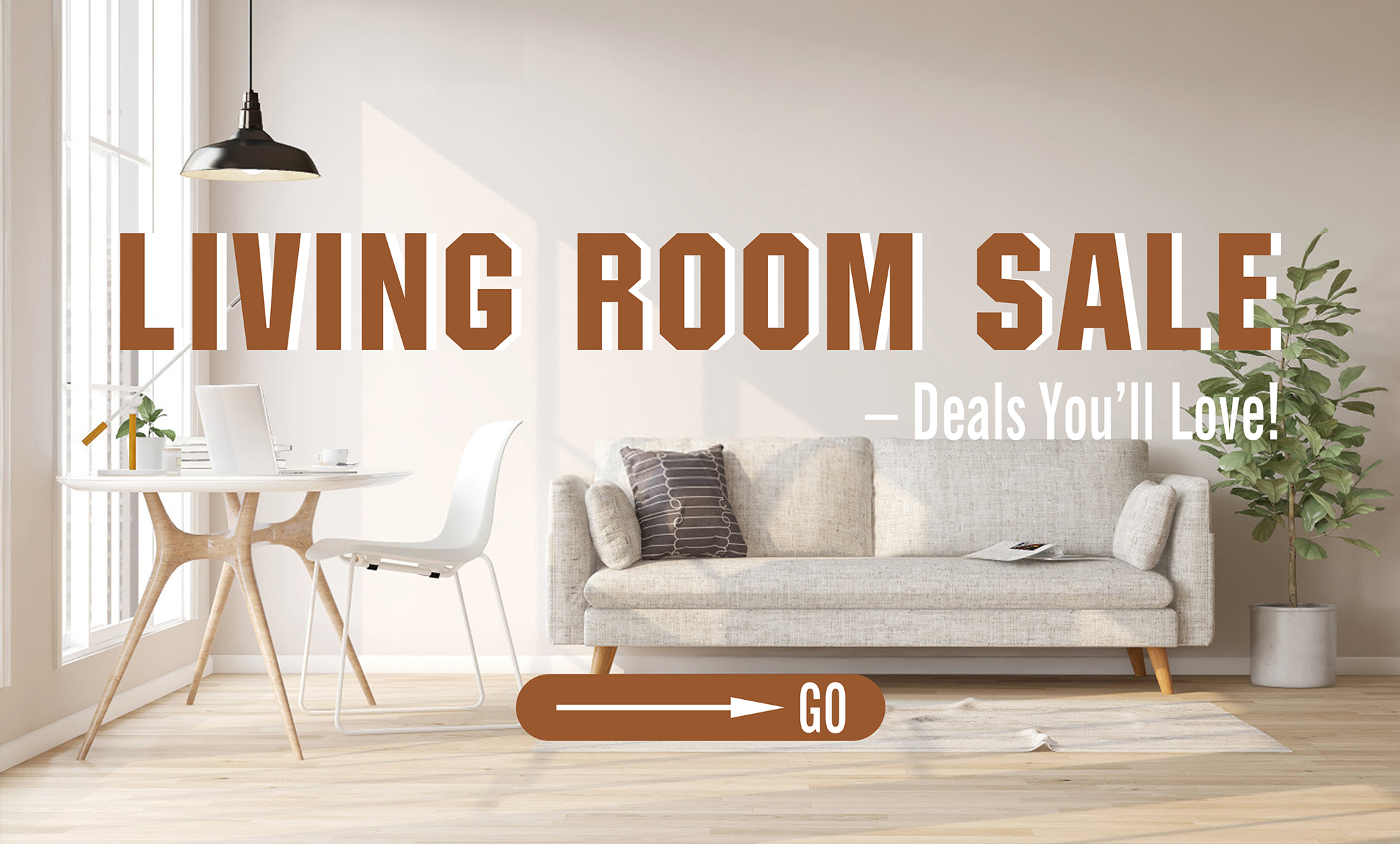

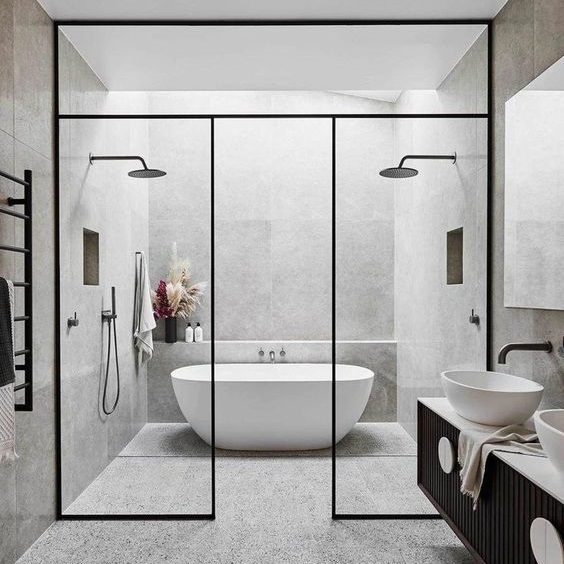
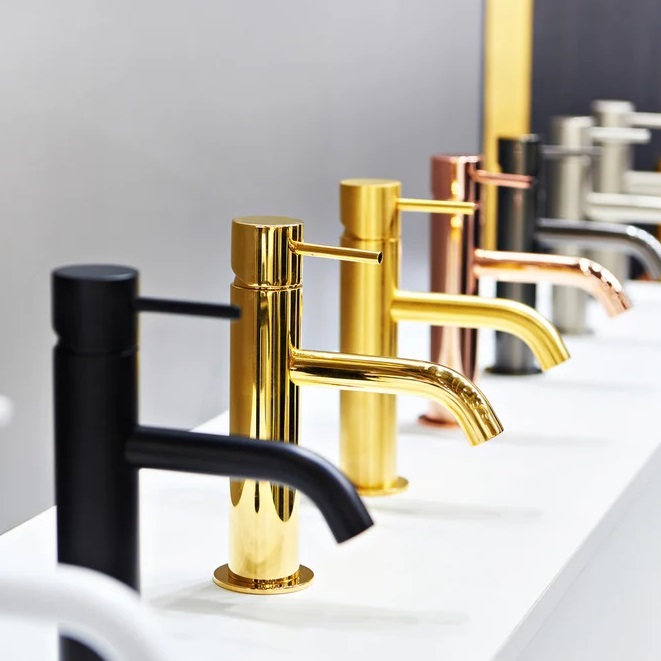
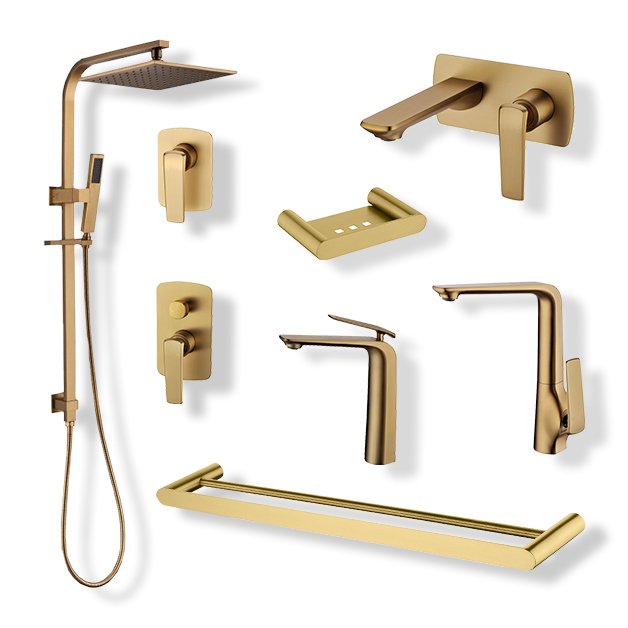


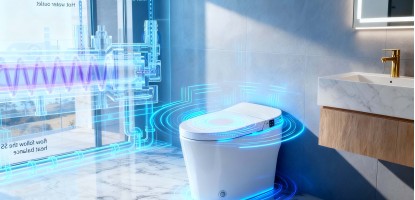
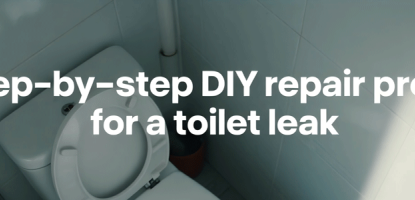
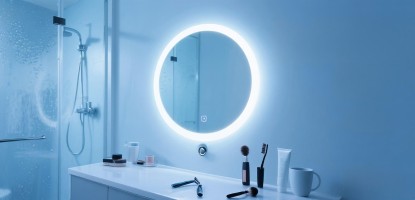
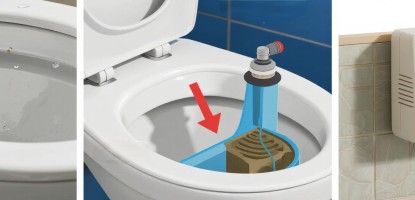
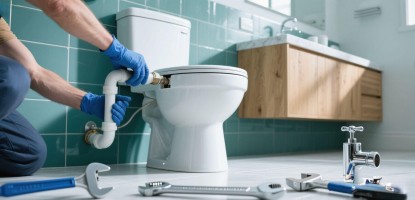
Leave a Comment